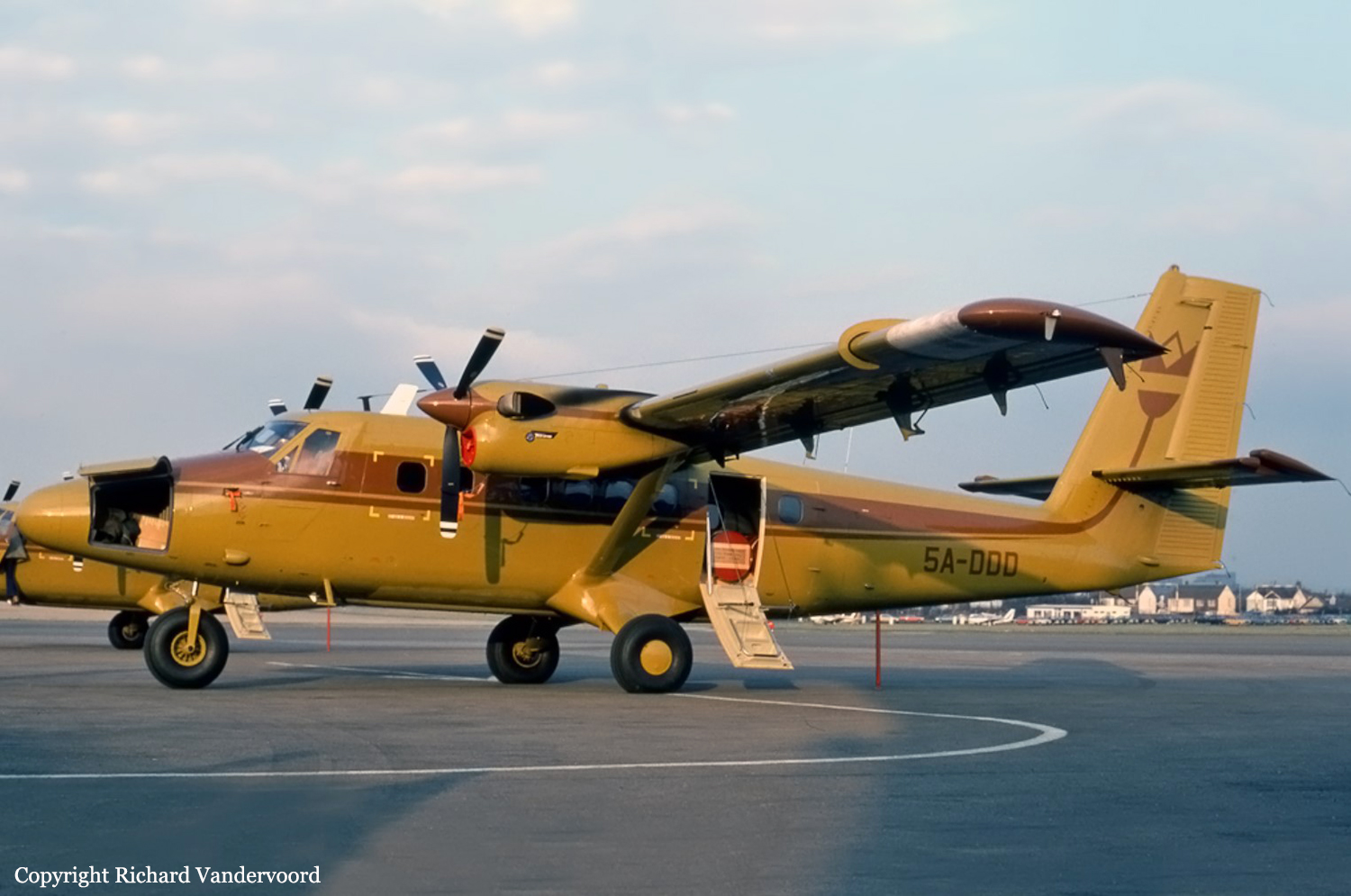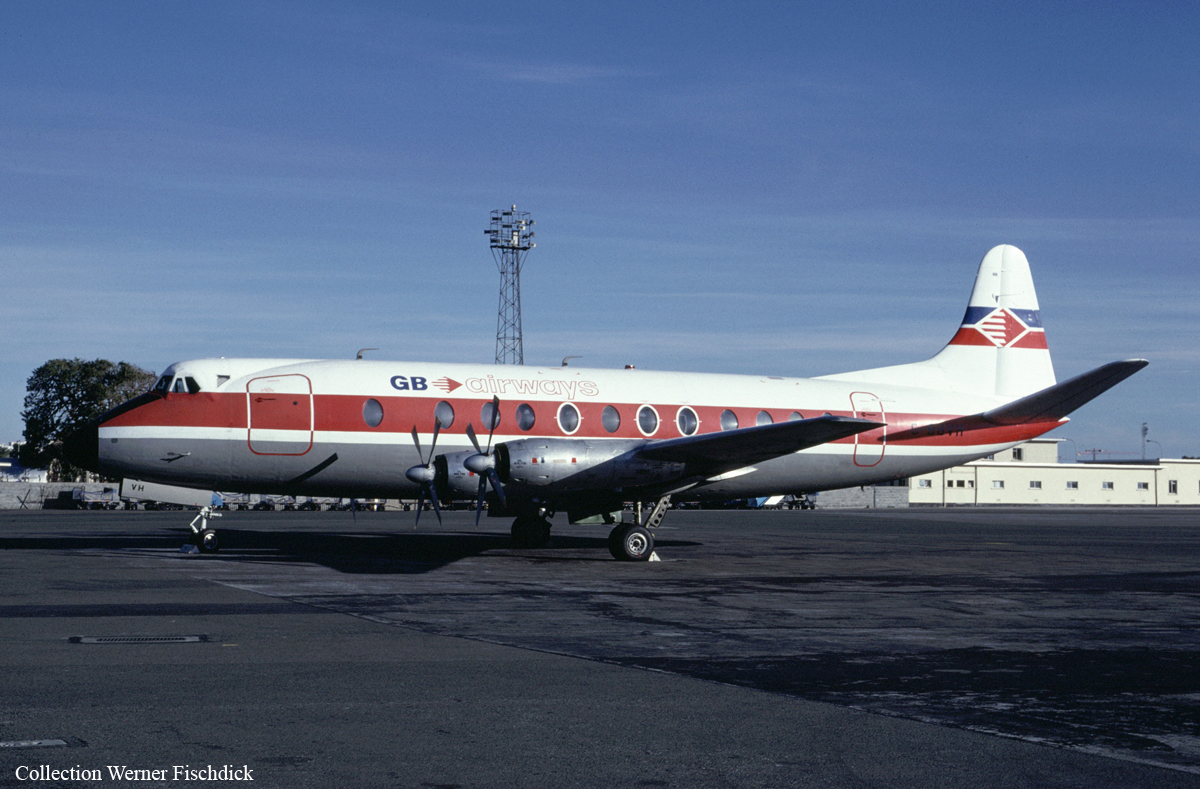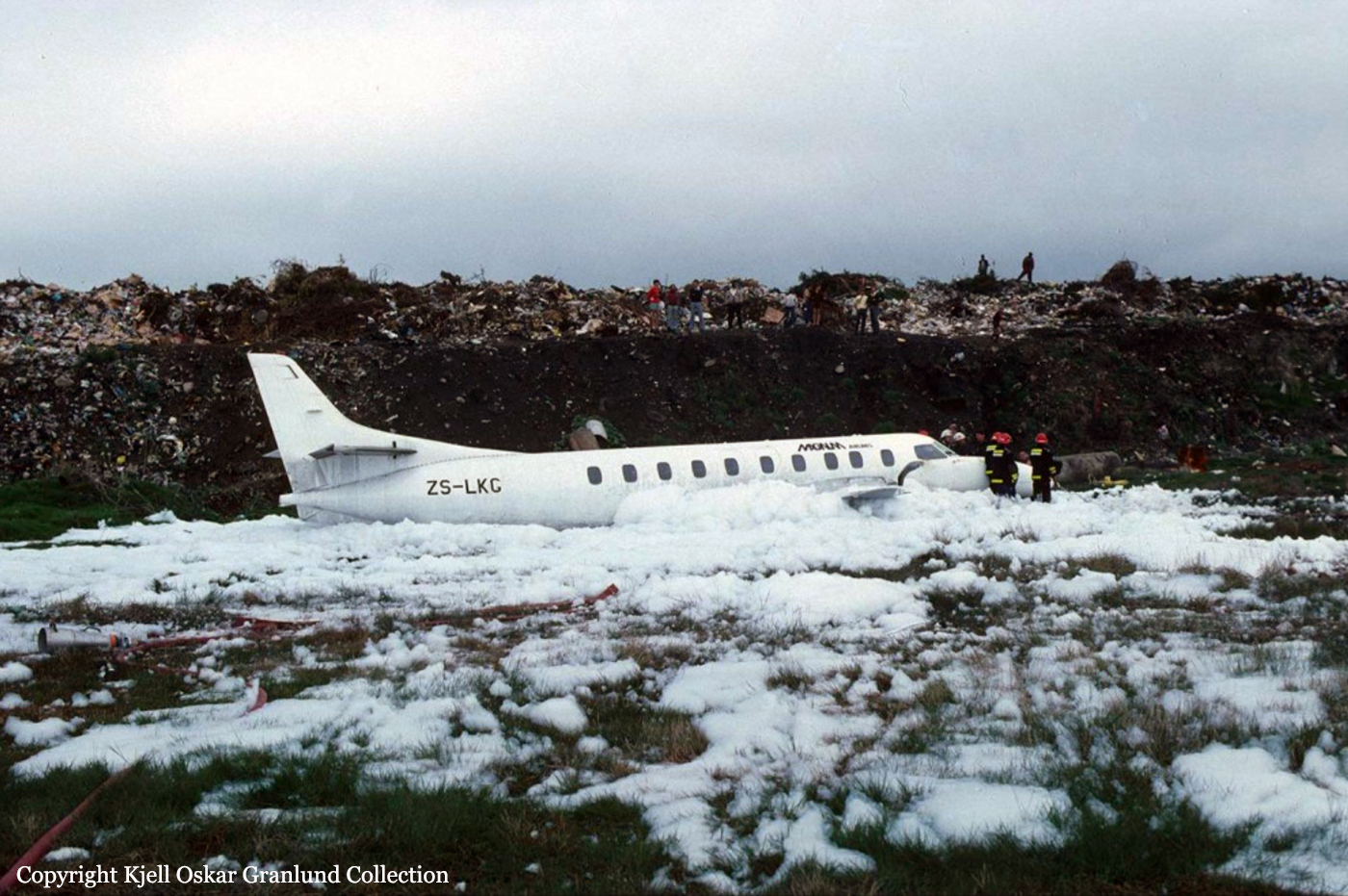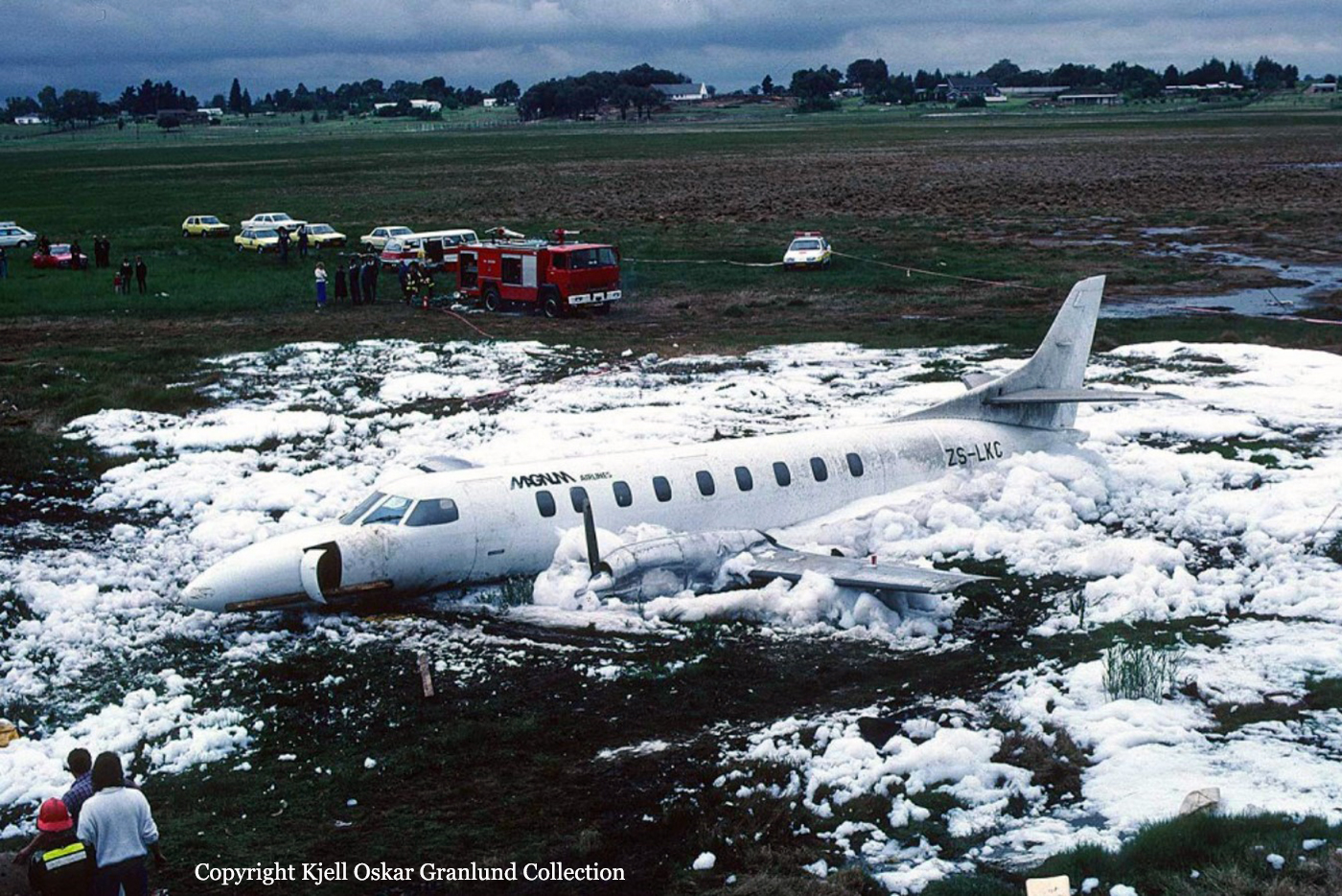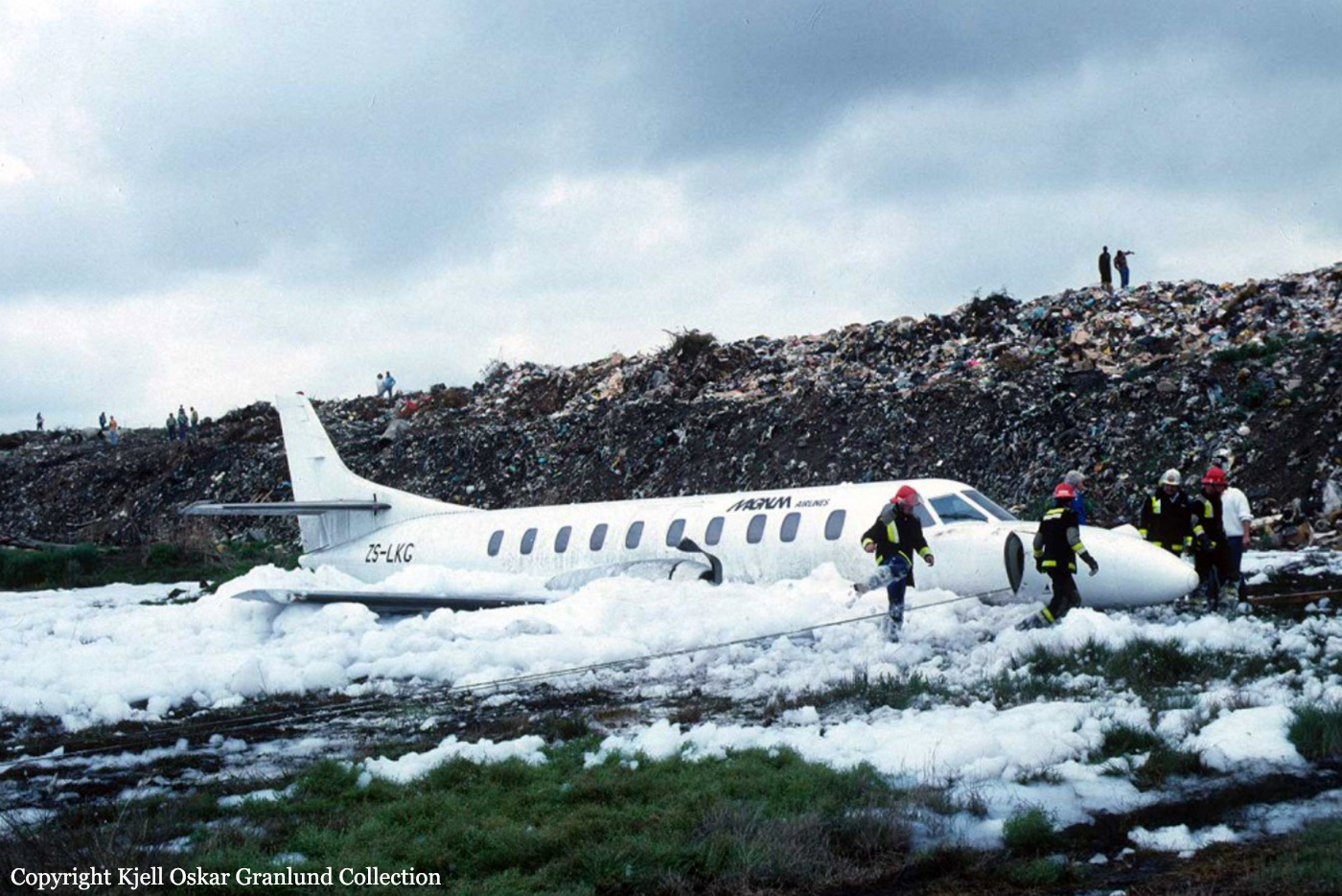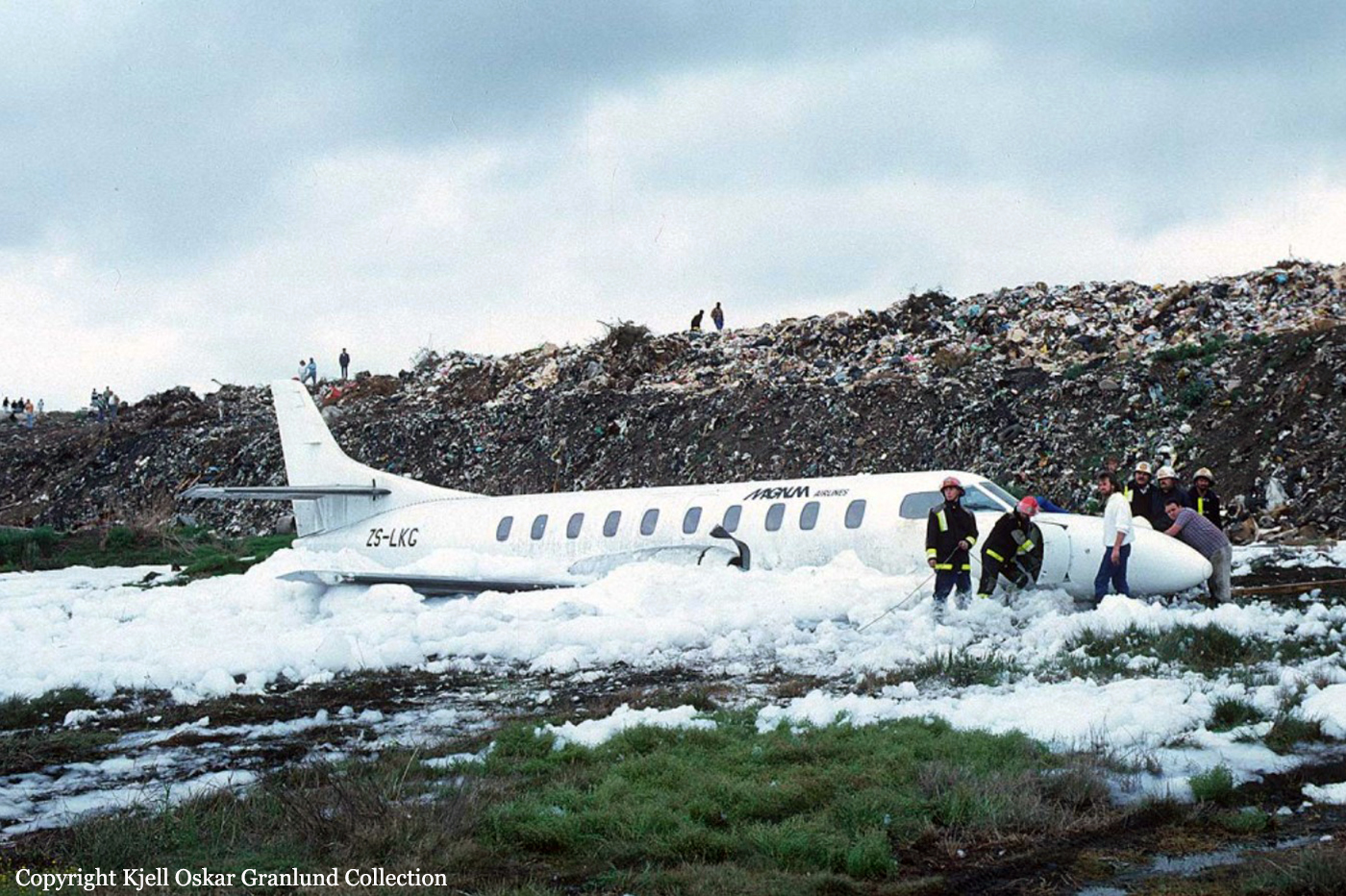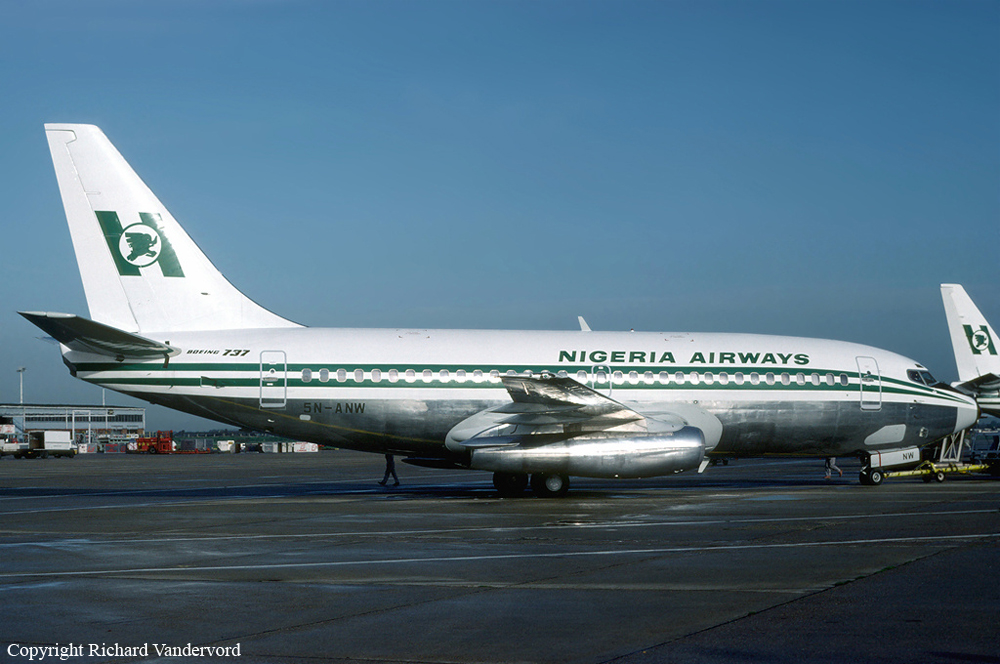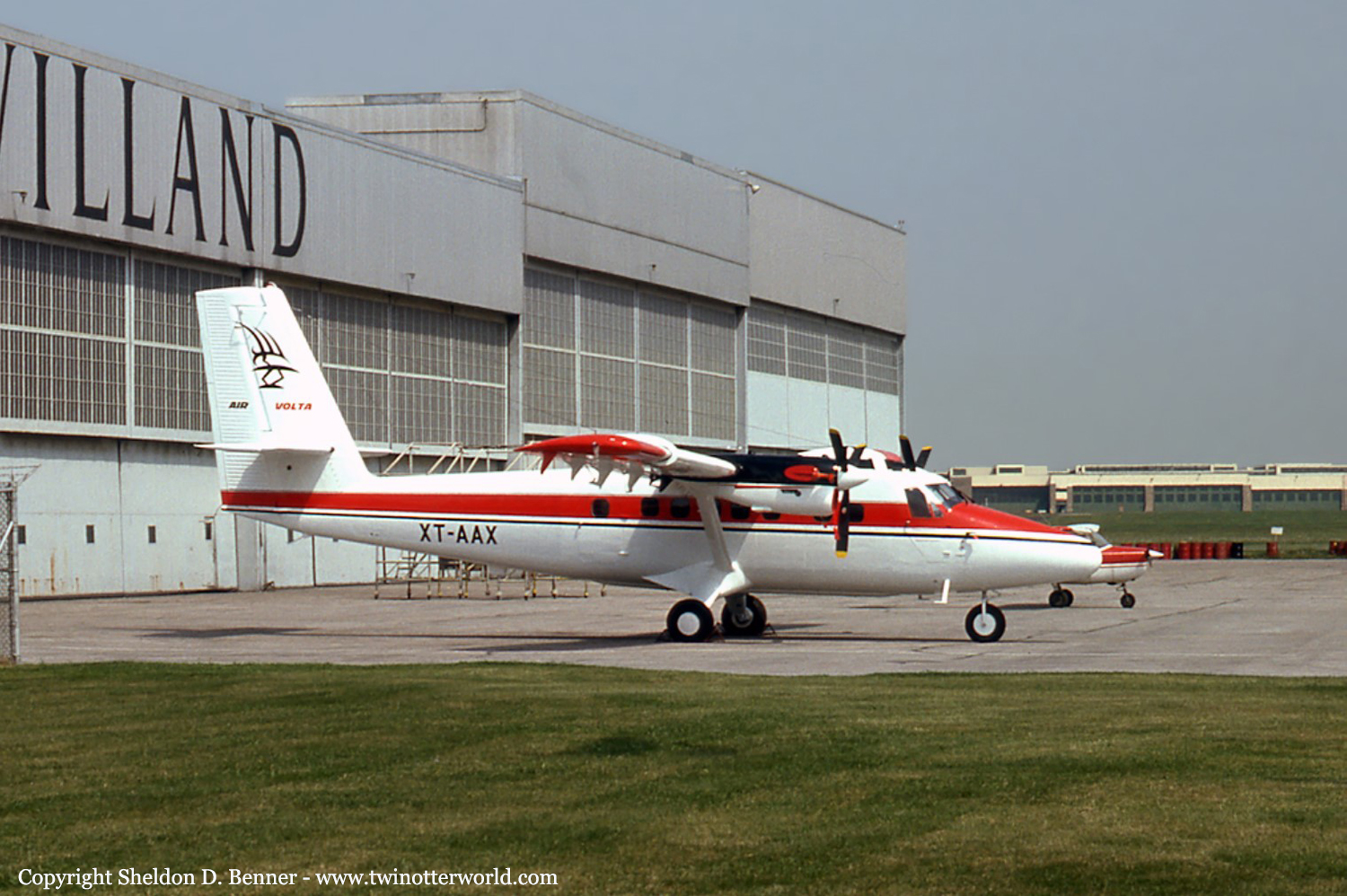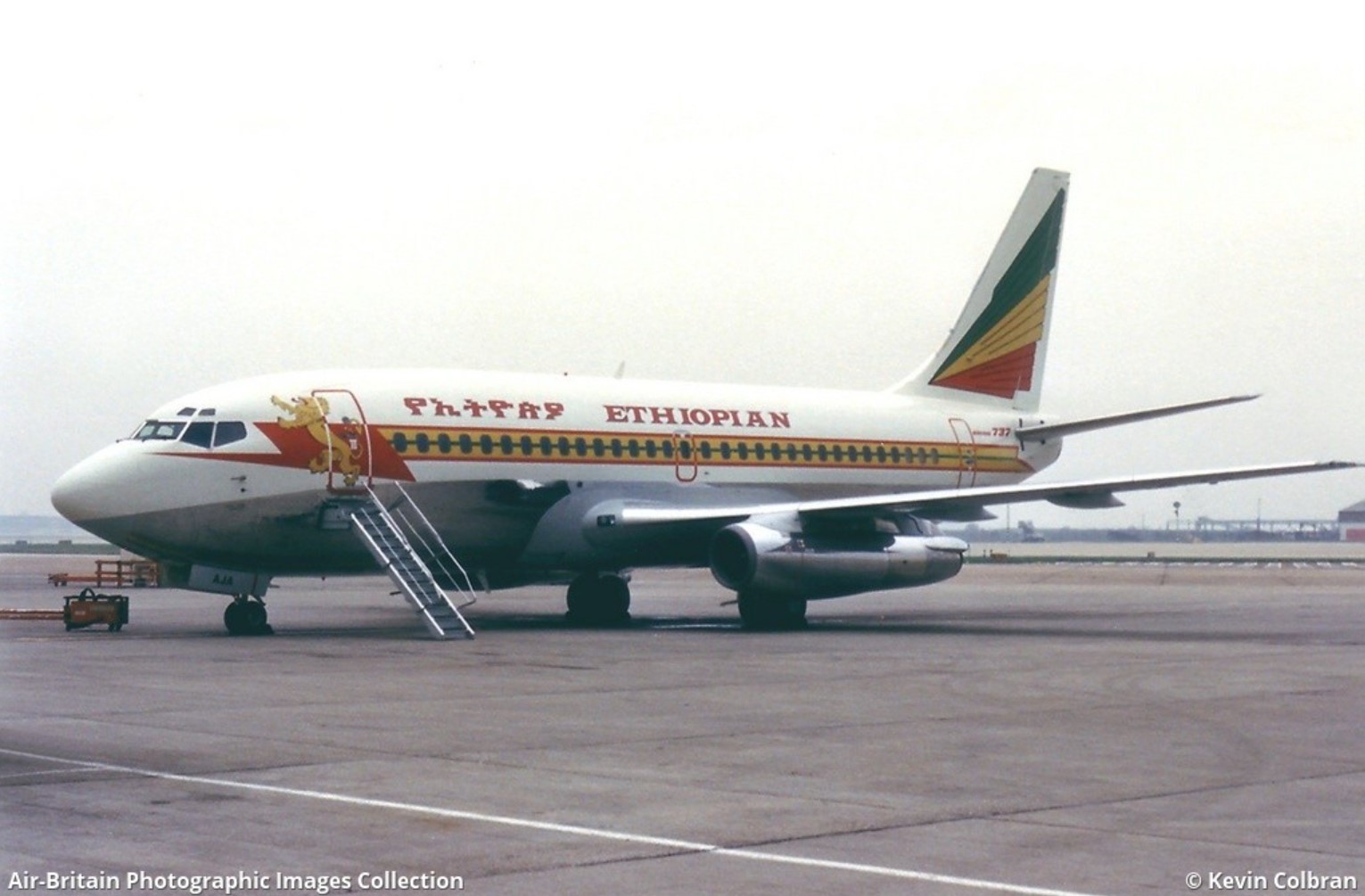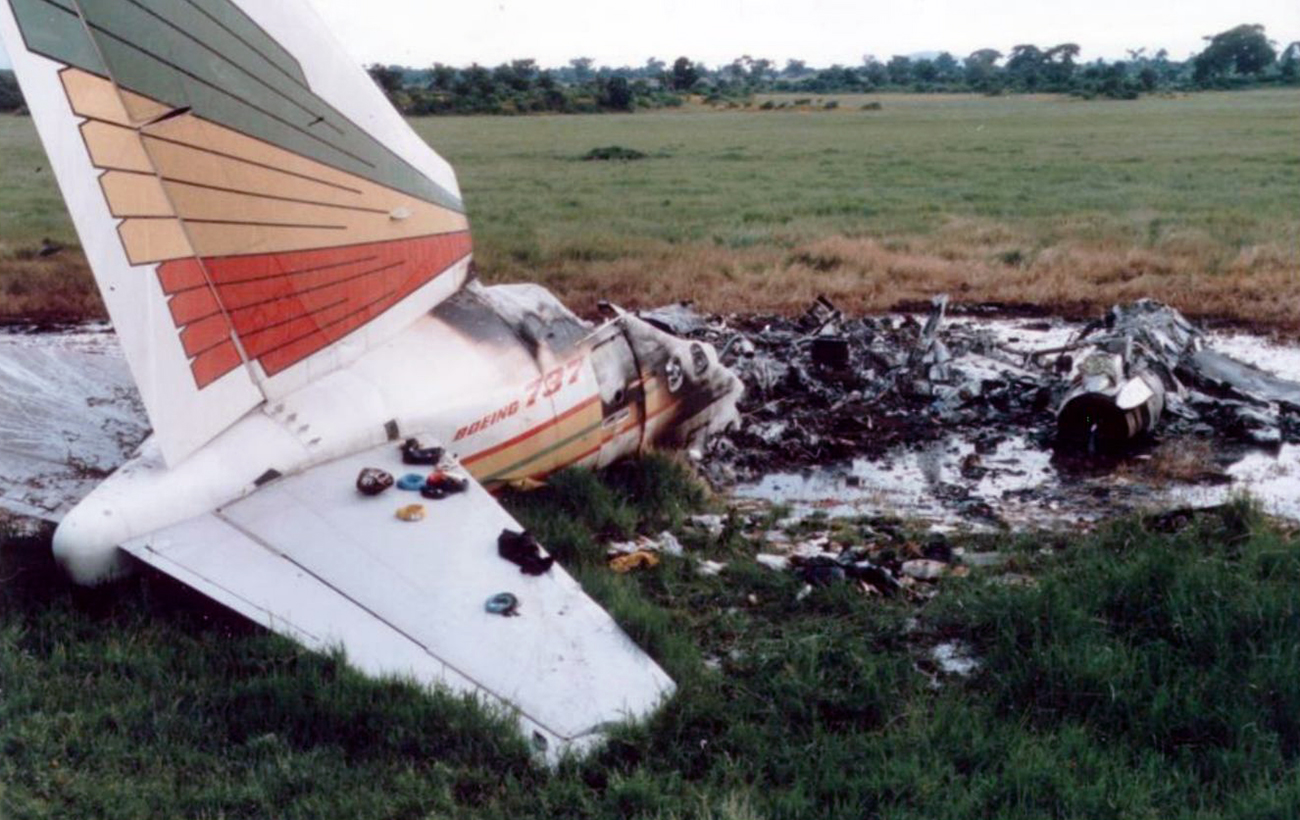Crash of a De Havilland DHC-6 Twin Otter 300 in Hamada al Hamra: 14 killed
Date & Time:
Nov 30, 1988 at 0720 LT
Registration:
5A-DDD
Survivors:
No
Schedule:
Hamada al Hamra - Tripoli
MSN:
670
YOM:
1980
Crew on board:
2
Crew fatalities:
Pax on board:
12
Pax fatalities:
Other fatalities:
Total fatalities:
14
Circumstances:
The twin engine aircraft departed Hamada al Hamra Airport at 0705LT bound for Tripoli carrying two pilots and 12 employees of the Arabian Gulf Oil Company and Halliburton Company. Few minutes after takeoff, the crew was instructed to return because military activity en route was ongoing. Unfortunately, the visibility at Hamada al Hamra Airport dropped due to fog. Following a short holding circuit, the crew attempted to land when, on short final, the aircraft struck successively a concrete pipeline bridge and a wooden electrical pylon then crashed few hundred meters short of runway, bursting into flames. The aircraft was destroyed and all 14 occupants were killed.
Probable cause:
It is possible that the pilot-in-command suffered an optical illusion on short final and mistook the the concrete pipeline bridge for the runway.
